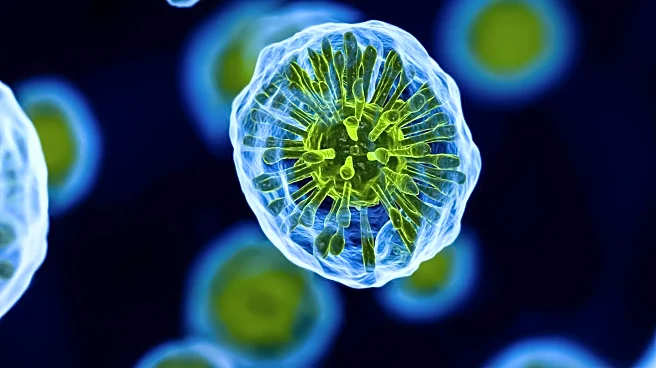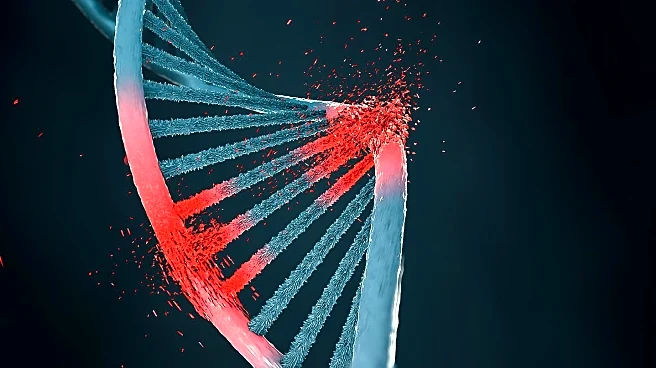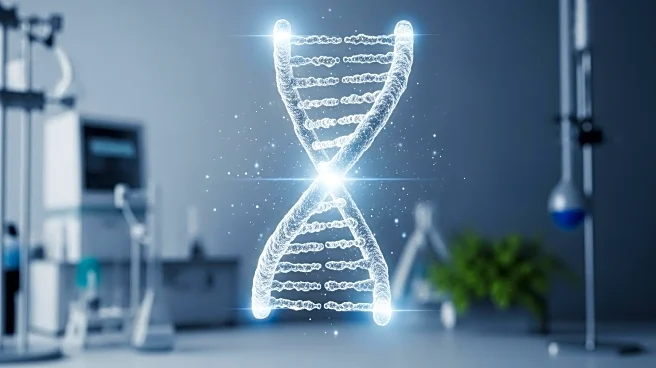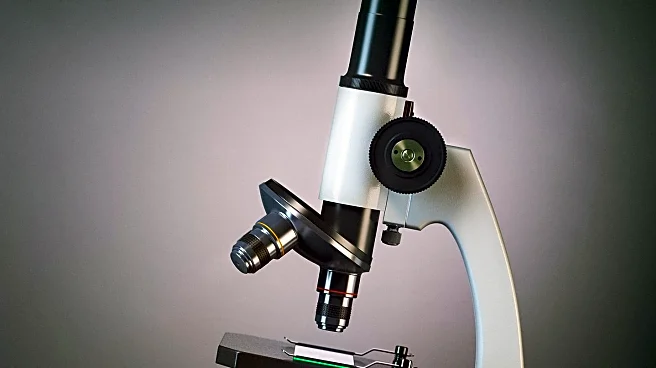What's Happening?
Researchers from University College London and Imperial College London have unveiled how polymyxins, a class of antibiotics, disrupt the defenses of harmful bacteria. Published in Nature Microbiology, the study provides high-resolution images showing how Polymyxin B causes rapid changes on the surface of E. coli cells, leading to the shedding of their protective outer layer. This discovery is crucial as drug-resistant infections claim over a million lives annually. The study highlights that polymyxins are effective only when bacteria are active, as dormant bacteria can resist these antibiotics. The research suggests combining polymyxin treatment with methods that activate dormant bacteria to enhance antibiotic effectiveness.
Why It's Important?
Understanding the mechanism of polymyxins is vital for combating drug-resistant infections, which pose a significant threat to global health. The findings could lead to improved treatment strategies by targeting the bacterial state, potentially reducing the impact of antibiotic resistance. This research emphasizes the need for innovative approaches in antibiotic development, which could benefit healthcare systems by reducing the prevalence of recurrent infections and improving patient outcomes.
What's Next?
The research team plans to explore strategies to enhance the effectiveness of polymyxins, possibly by promoting bacterial armor production or awakening dormant bacteria. These approaches could lead to new treatment protocols that ensure antibiotics are effective against all bacterial states, potentially reducing the incidence of drug-resistant infections.
Beyond the Headlines
The study raises ethical considerations regarding antibiotic use and the need for responsible prescribing practices to prevent resistance. It also highlights the importance of continued investment in antibiotic research to address the evolving challenges of bacterial infections.










